“French Copies”
There are a number of Korean Empire Orders that have been copied or reproduced. The older ones are generally referred to as “French Copies” or occasionally as “European Copies”. Peterson in his monograph, “Orders and Medals of the Japan and Associated States”, writes “Korean orders have seldom been mentioned in numismatic literature except for Trost, who apparently had access to a translation of the Korean statutes. His descriptions are generally correct, but the measurements, given as ‘English inches’, are actually in the Oriental “sun”1 of 30.5 mm.” The interesting thing about the Trost publication, is that he lists all the Korean Orders except for the Order of the Auspicious Phoenix, but he only has drawings for the Order of the Golden Measure and the Order of Taeguk.2 As far as I can determine, the Order of Taeguk accounts for the majority of orders that fall into the category of “French Copies”. Surprisingly enough, the older “French Copies” are collectible.
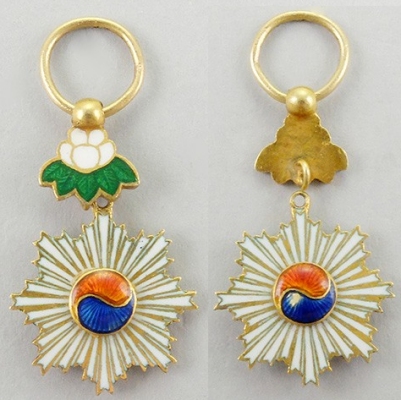
Sold by eMedals, Item #W4867, Oct. 27, 2017
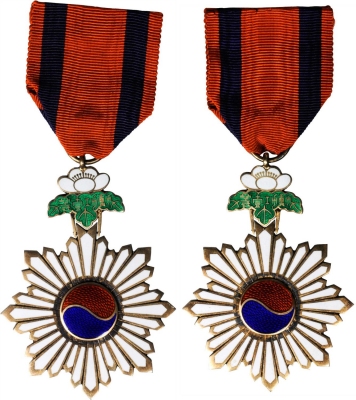
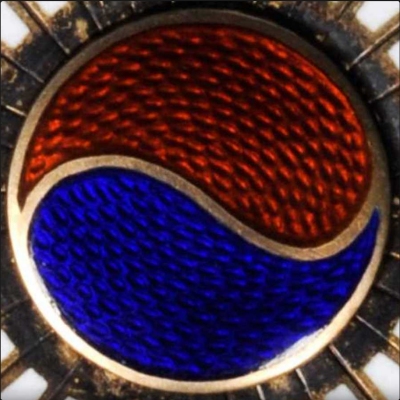
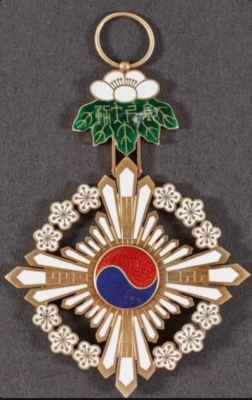


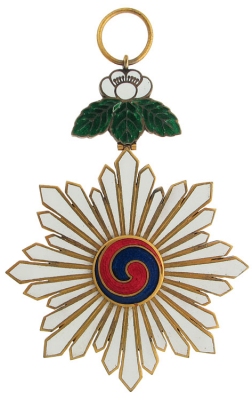
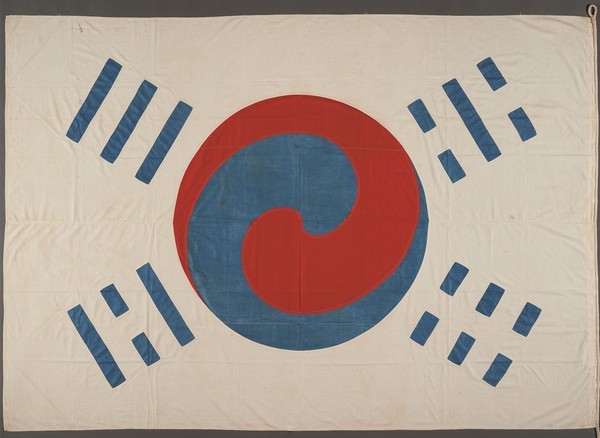
Contemporary Reproductions / Fakes
Within the last ten years, the number of Korean Empire Orders that have been faked has risen dramatically. I have seen several Breast Stars and Commemorative Medals. They are usually easy to spot, but the fakes are getting better. I think some of this is an offshoot of the Orders and Medals needed for display purposes by Korean Museums. Once the museums got what they required, the manufacturers continued to sell to the collector market. Several that I have seen on EBAY have been described as reproductions, but not all. Be wary of anything coming out of China. There are many legitimate medals in Japan, but be wary because there are Japanese dealers also selling reproductions and claiming they are original. Recently, I saw a reproduction of a third class of the Order of Taeguk for sale in Korea. The seller described it as a Movie Prop and was asking less than $300.


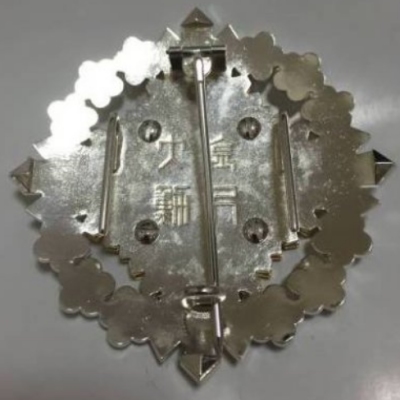
Breast Star

Breast Star
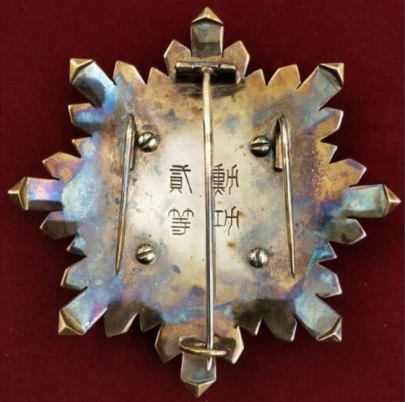
2nd Class Breast Star
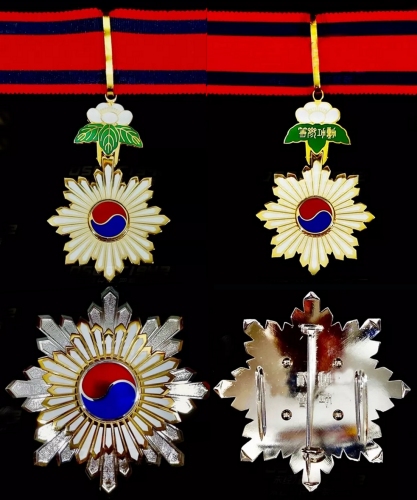
The one thing that leads one to believe that this is a contemporary reproduction, is that the dealers never show the full ribbon. If they did, you would find that the ribbon has no ties or hooks.

As far as Korean Empire Orders, the Breast Stars are the most often faked because it doesn’t require the manufacture of a sash with its stylized Plum Blossom Flower or a cravat. Most of these are easy to spot because of the highly polished surfaces on the reverse, but I have seen several with artificially aged reverses. I have seen the third class pendants with ribbons, but so far, of the ones I have seen, the ribbons do not have the correct hardware to connect the two ends. Of the Commemorative Medals, I have seen reproductions of the Enthronement medal, the 50th Birthday and the Imperial Tour. To see more of these current reproductions, see the Medals of Asia webpage.
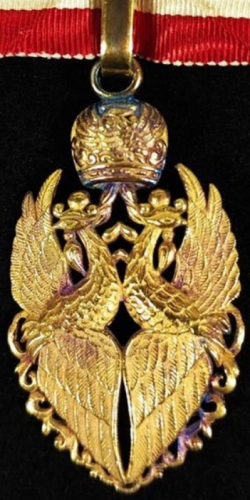
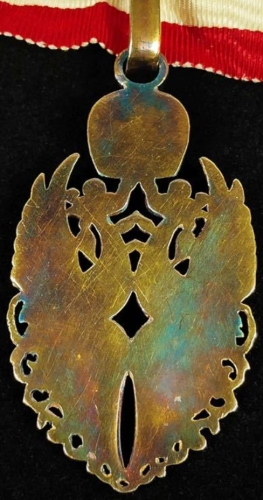
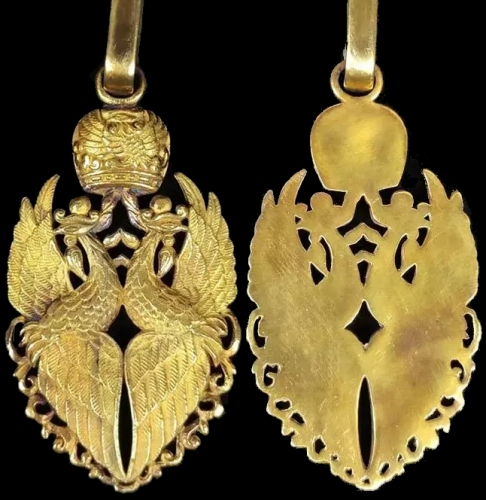
Cosplay Accessories
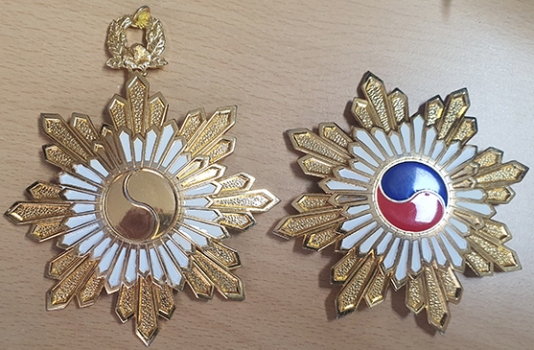
Footnotes:
- In Japan, the unit, sun (寸), was standardized at 1000⁄33 mm (~3.030 cm, ~1.193 in, or ~0.09942 ft).
- Trost, L. J., Die Ritter-und Verdienst-Orden, Ehrenzeichen und Medaillen aller Souveräne und Staaten seit Beginn des XIX. Jahrhunderts (The Knights and Orders of Merit, Decorations and Medals of All Sovereigns and States Since the Beginning of the XIX. Century), by L. J. Trost, published in Wien and Leipzig by Wilhelm Braumüller in 1910.(Korea section: pp.42-45, and Table XXVI, drawings 5 & 6).
- United States Navy Department, Bureau of Navigation. Published by the Navy Department, Washington, D. C., July 1889.
